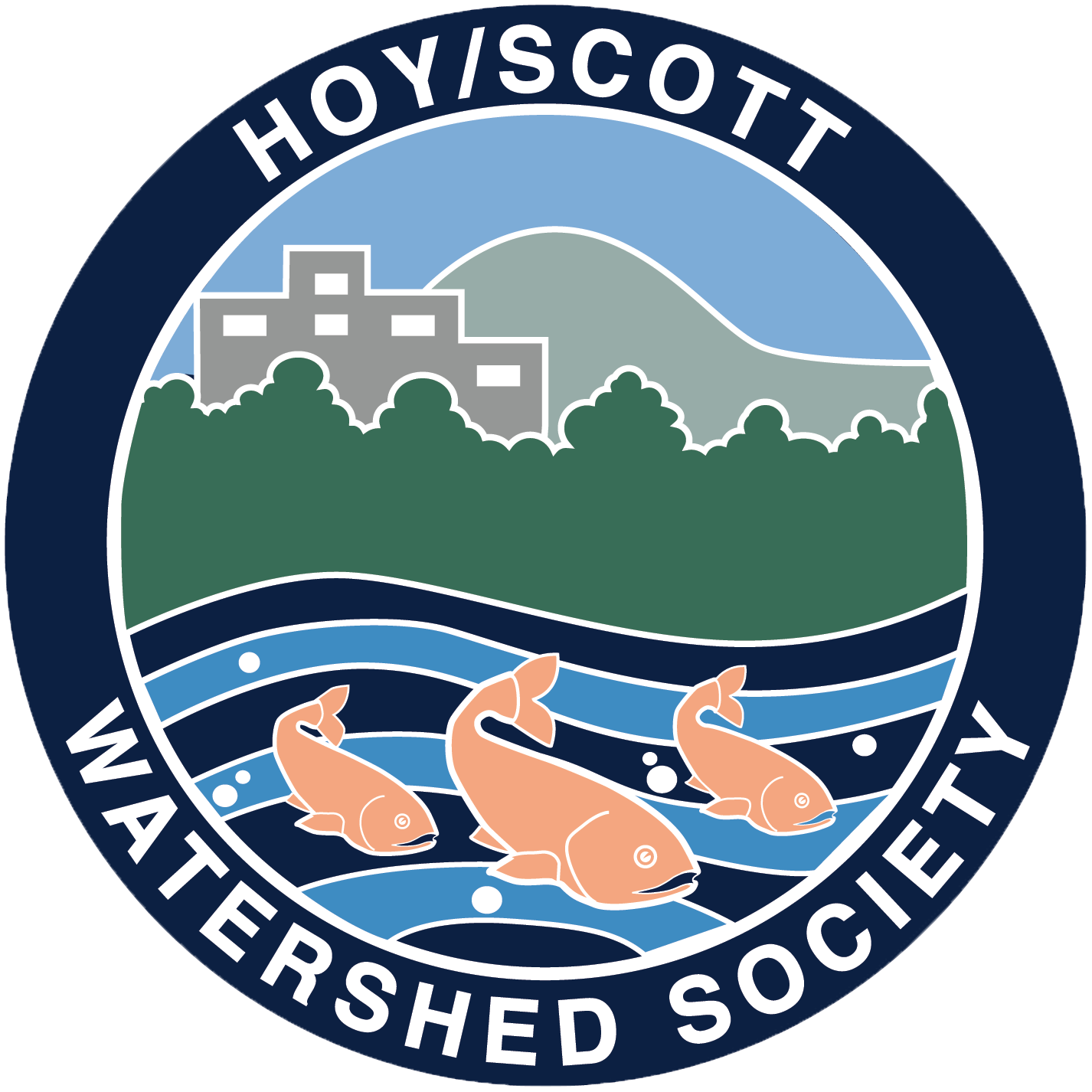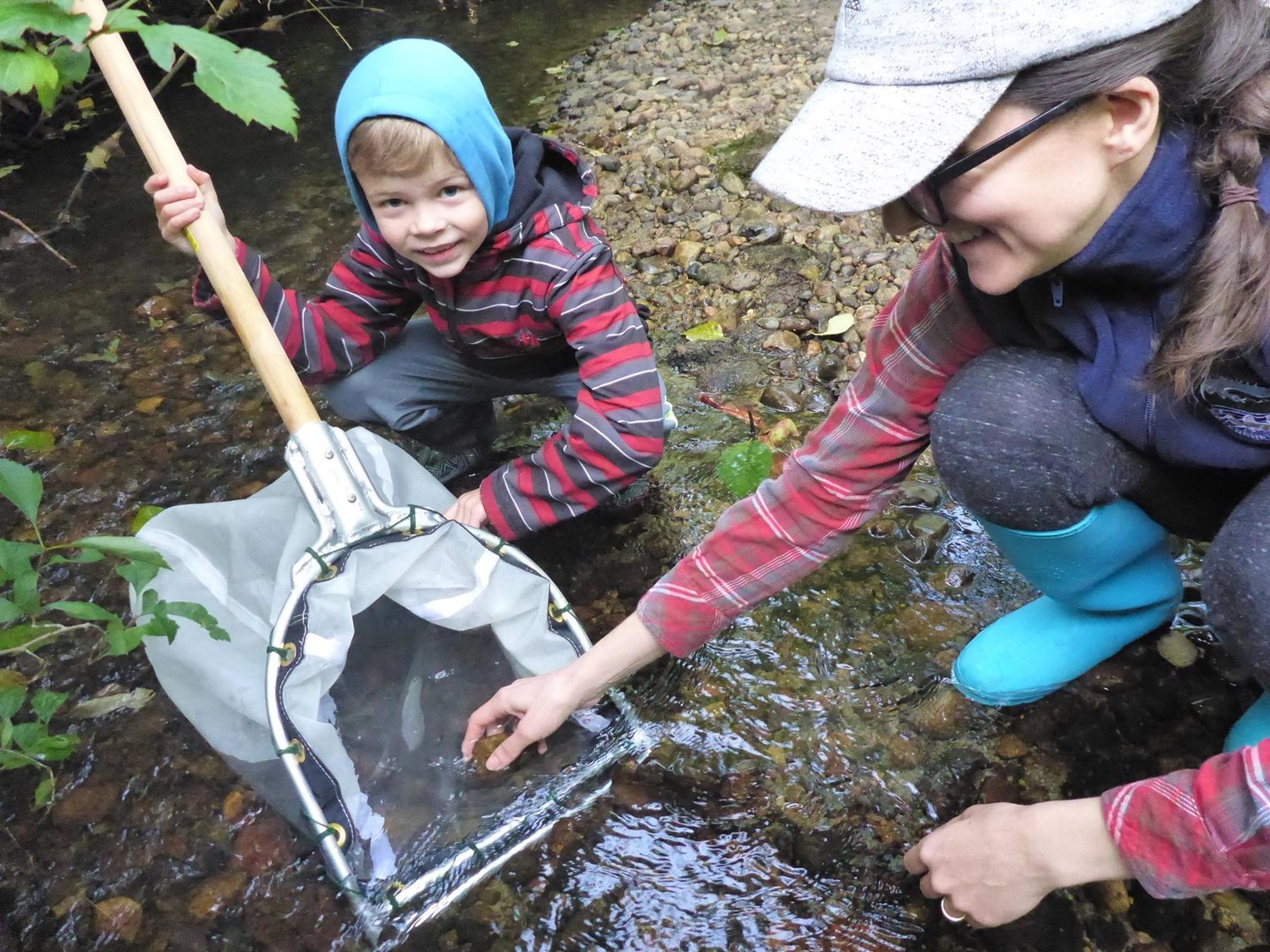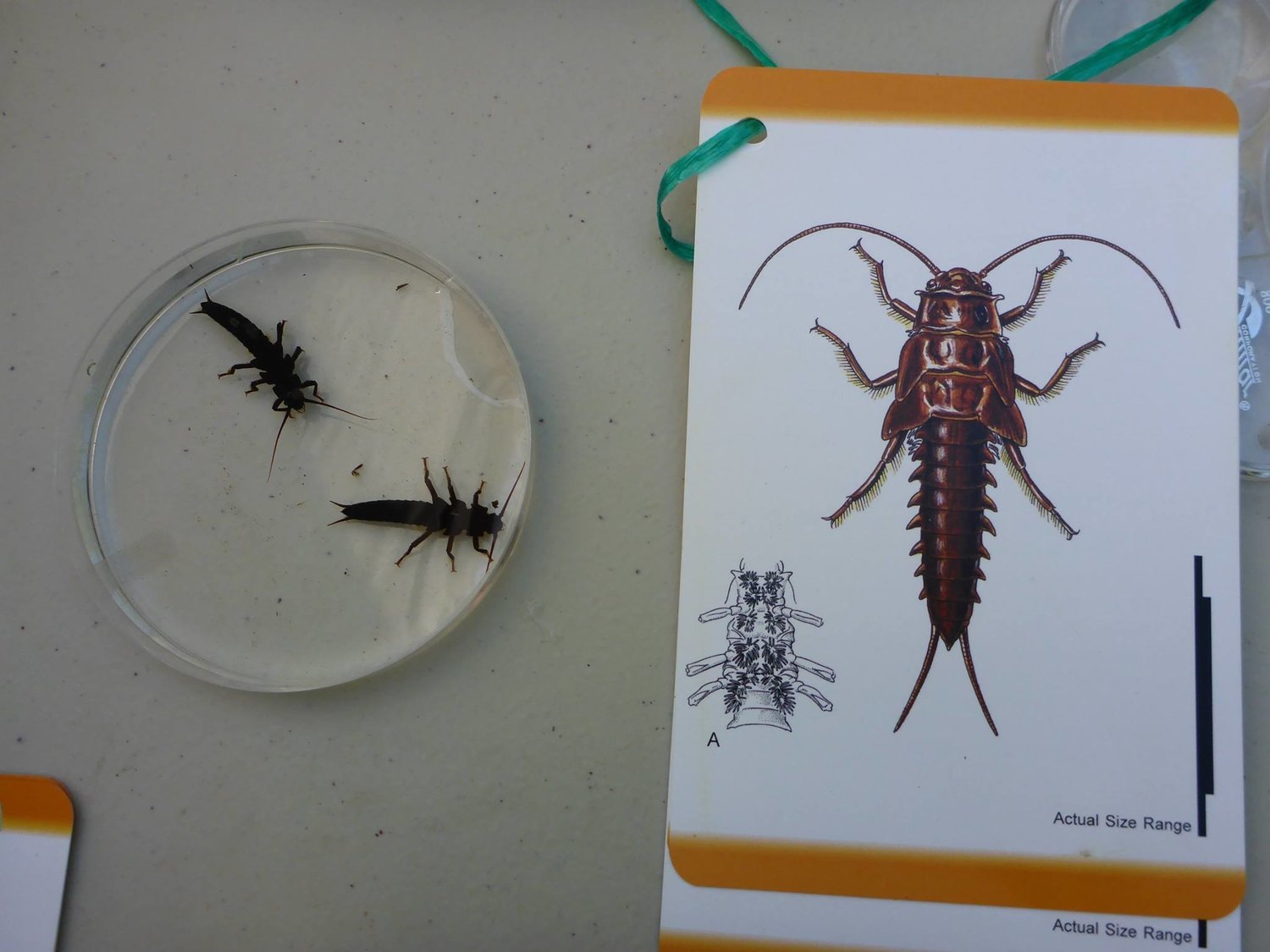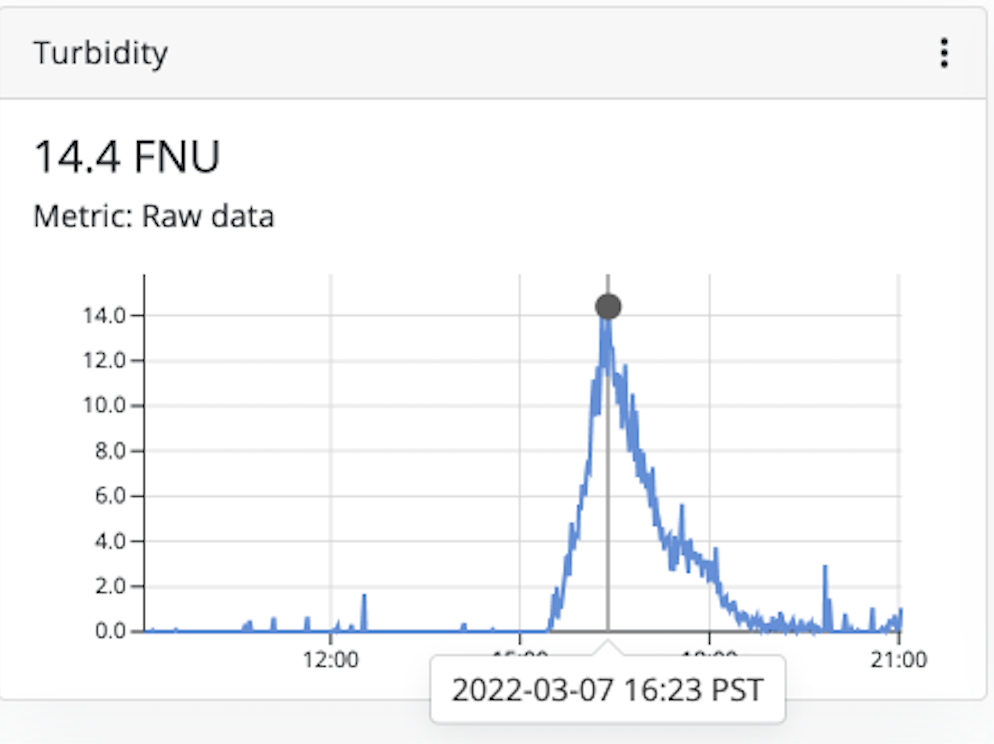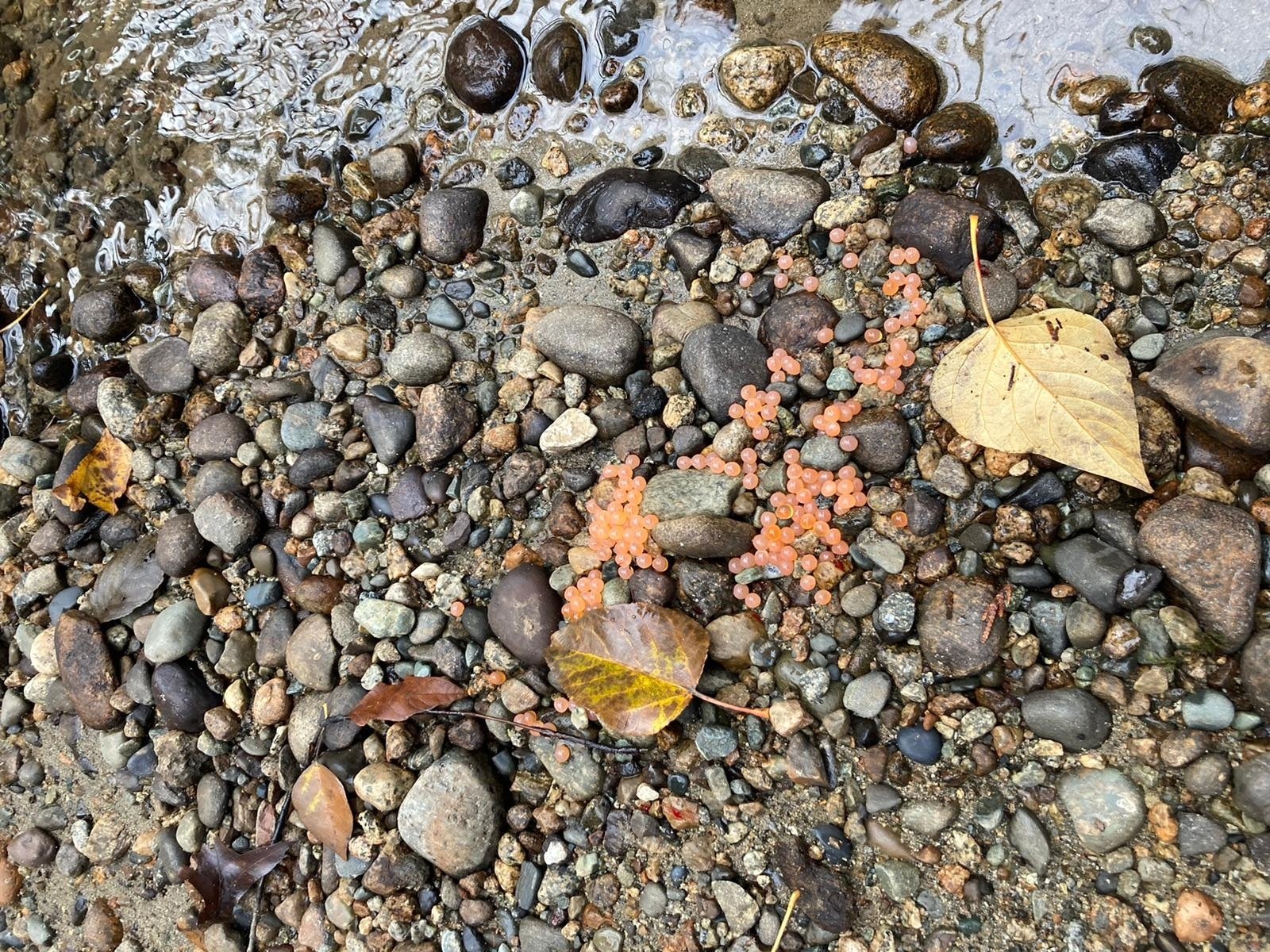Fisheries and Oceans Canada supported Hoy Creek Hatchery in Coquitlam for our annual fin clip on June 20. The coho salmon are approximately 3 months old.
The adipose fin is removed and is a soft, fleshy fin found on the top of the salmon, on the back behind the dorsal fin and just forward of the caudal fin. This marking of our coho supports:
Stock assessment for when salmon return to spawn, the clipped fins allow hatcheries and stream keepers to monitor their return.
Selective fisheries - in certain regions and sub-areas, a marked fishery is permitted for retention of the coho.
The procedure also allows for a manual fish count, whereas previously only weight sample counts took place.
The operation was overseen by DFO fisheries community advisor, Isaac Nelson and Hoy Creek Hatchery manager, Tyler Storgaard. Volunteers of the Hoy/Scott Watershed Society assisted.
First, the fish are anesthetized in small batches. Once in the solution, they become sleepy within minutes. The volunteers stand ready around a table equipped with a trough with flowing water and beds of water for the fish to lay in. Volunteers work quickly and very carefully to clip fins with disinfected surgical scissors before they wake up, which is within about a minute. Fish are put into the outside trough and end up in the bucket at the end of the table. They are returned to the hatchery to recover.
The fish will soon be transferred from the hatchery Capilano trough room and will live in the rearing pond until Salmon Leave Home in May 2023. Fish from this brood could then return in about 2.5–3 years.
Thanks to all those who helped out this year!
Hoy-Scott Watershed Society (HSWS) is a volunteer-run non-profit society that operates a small salmon hatchery beside Hoy Creek and conducts a salmon enhancement program in partnership with the City of Coquitlam, and with technical expertise from the Department of Fisheries and Oceans Canada. The group stewards the Hoy and Scott Watersheds, promoting public awareness and education, and is involved in watershed habitat restoration and preservation.
